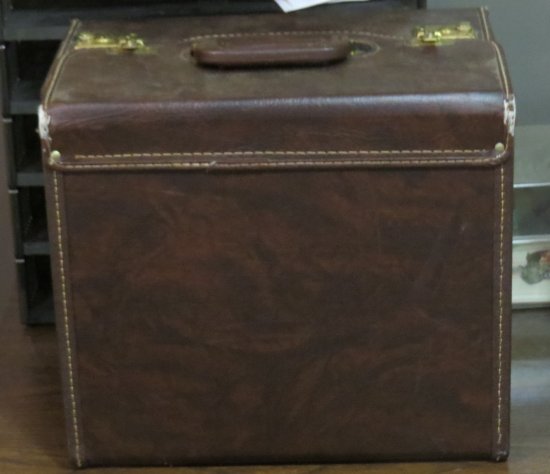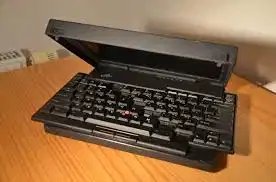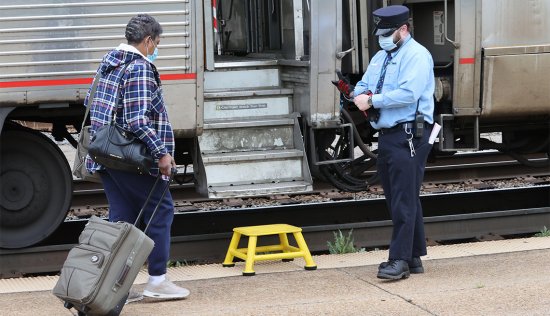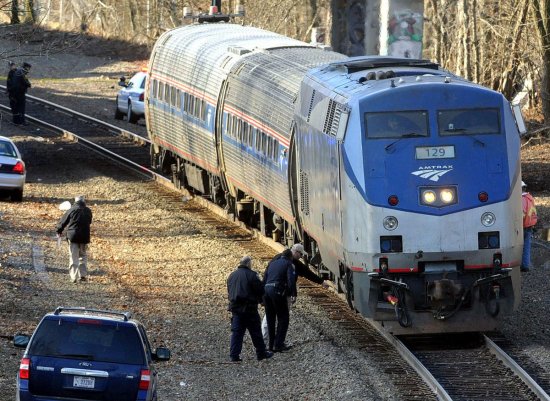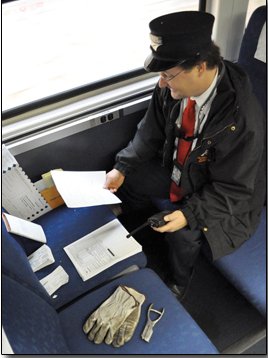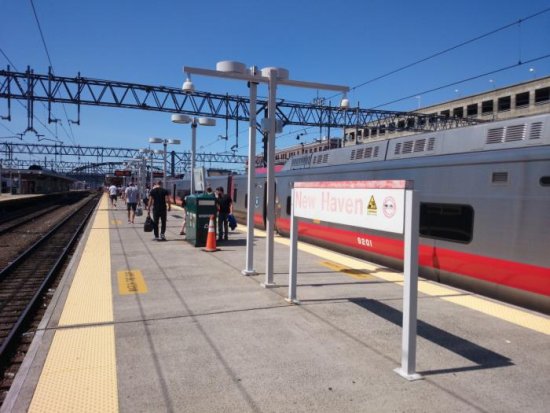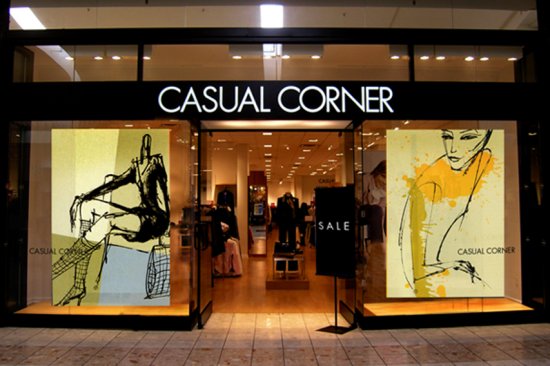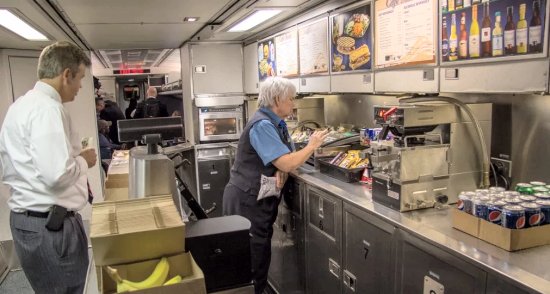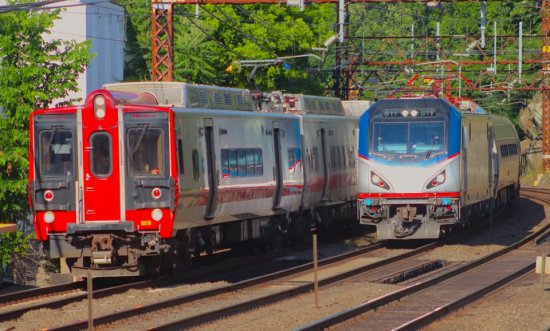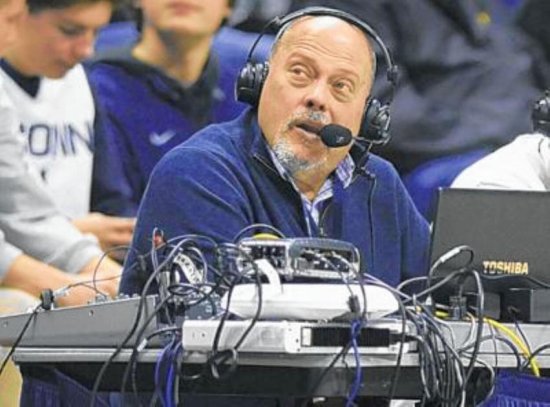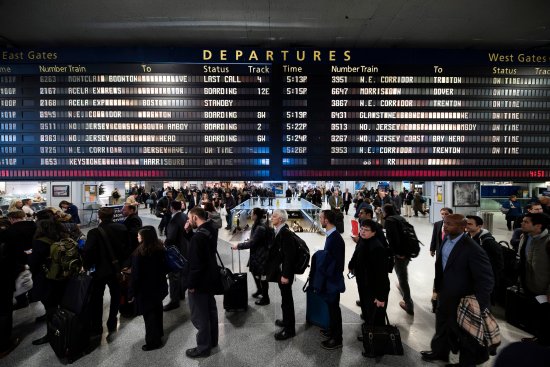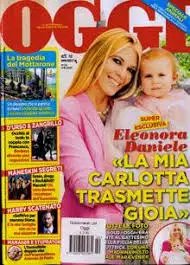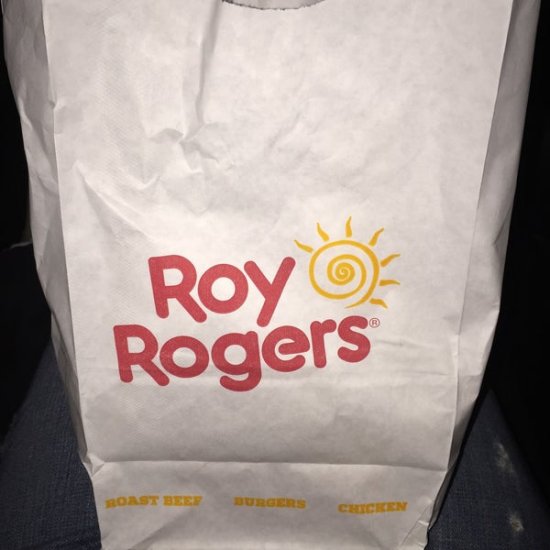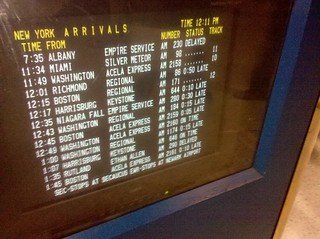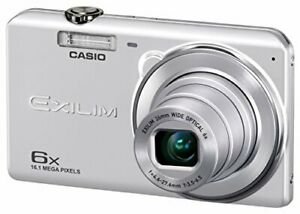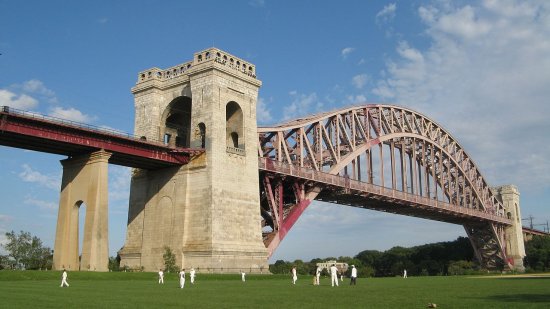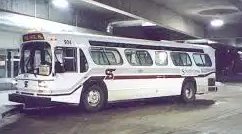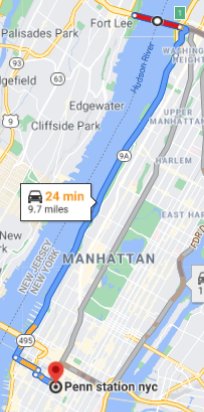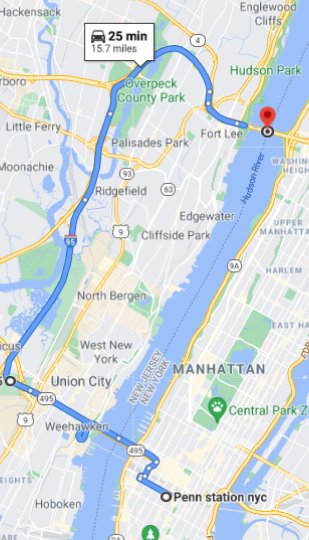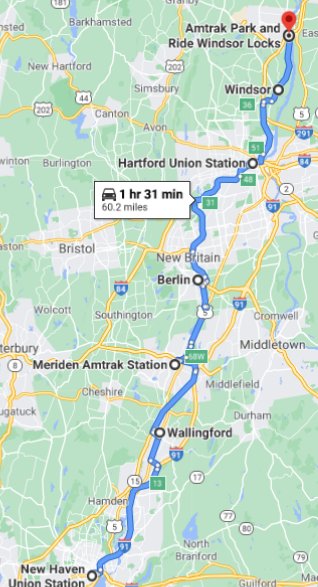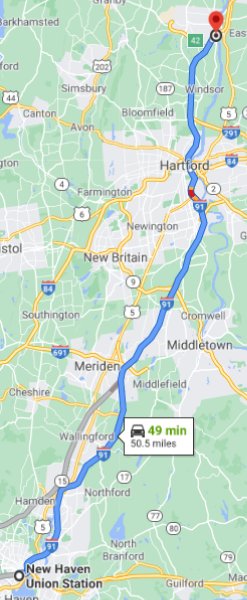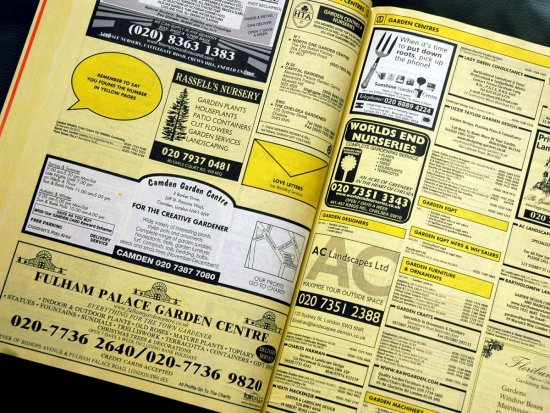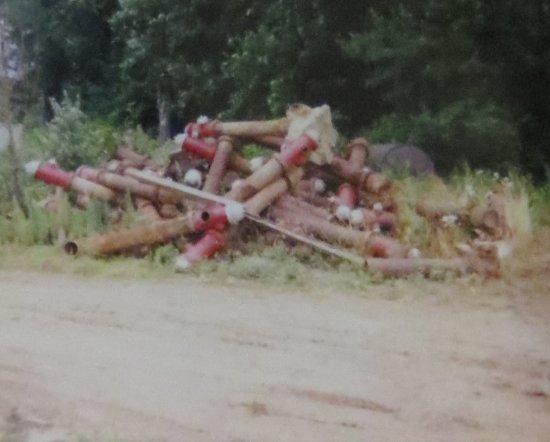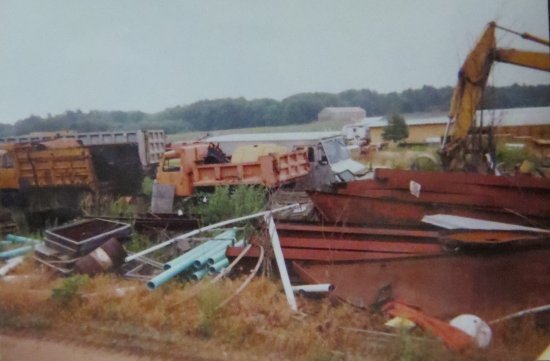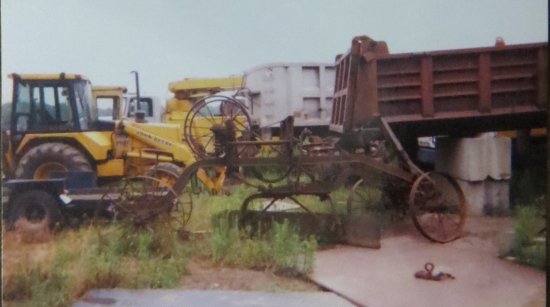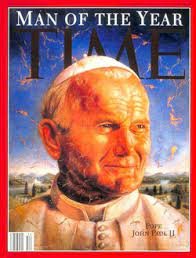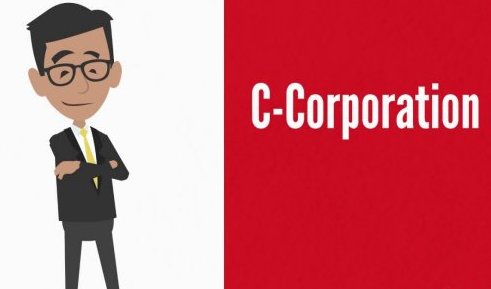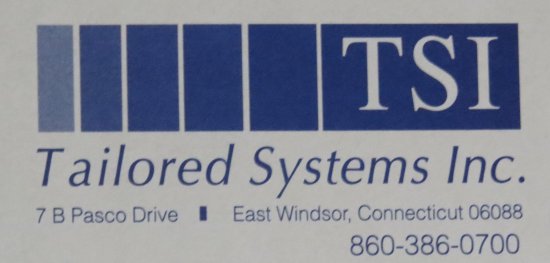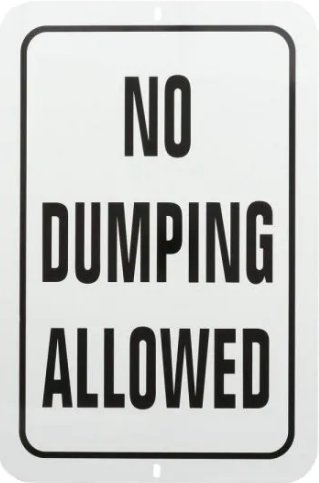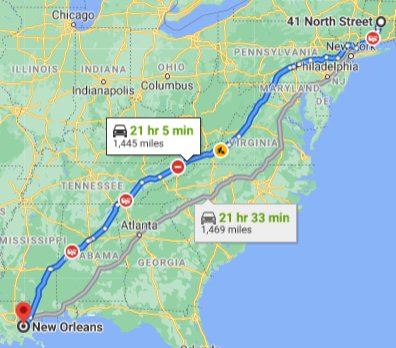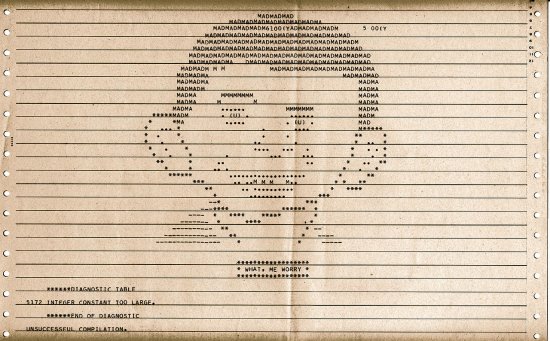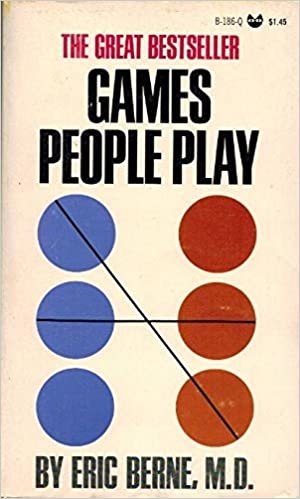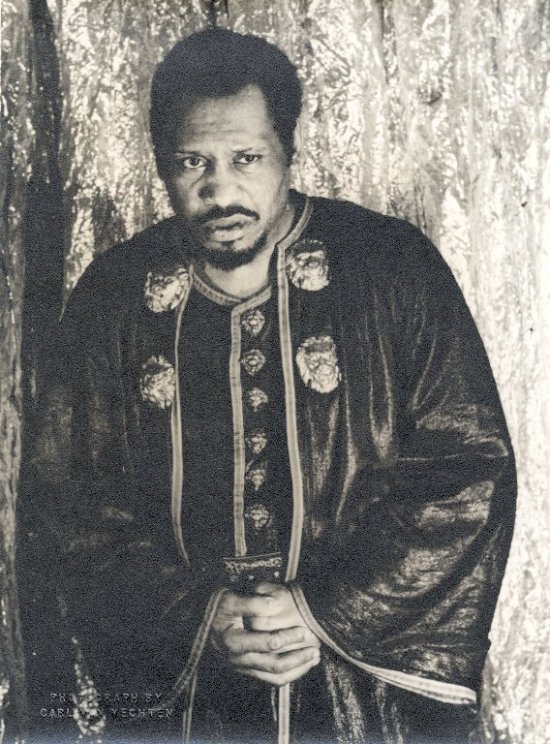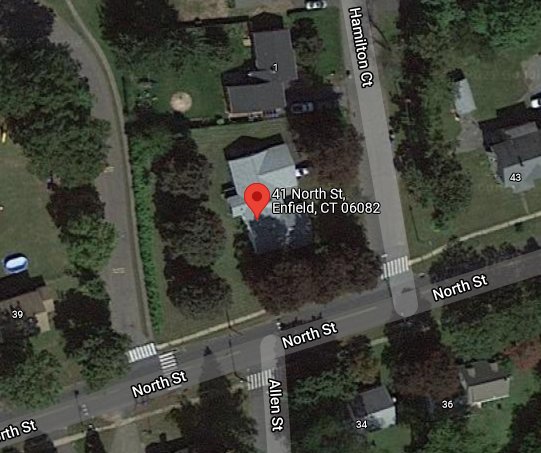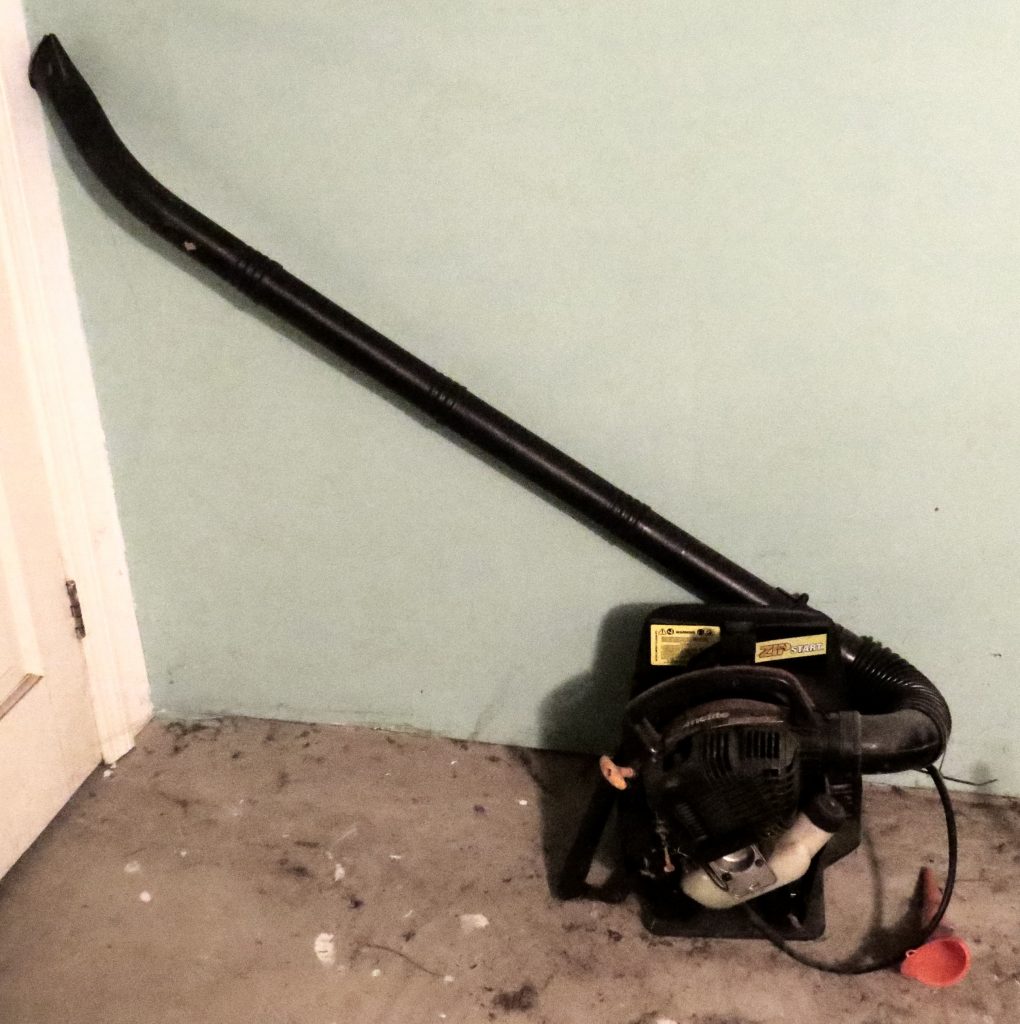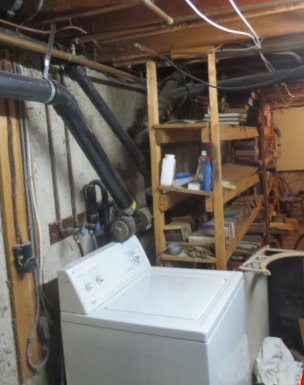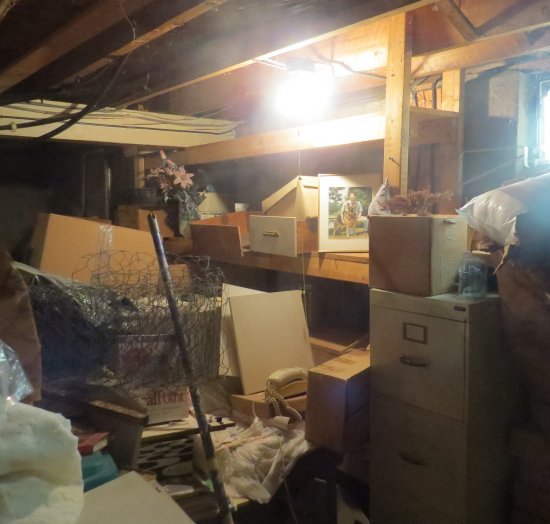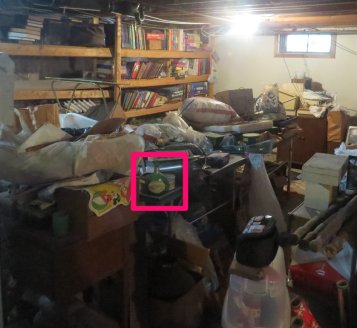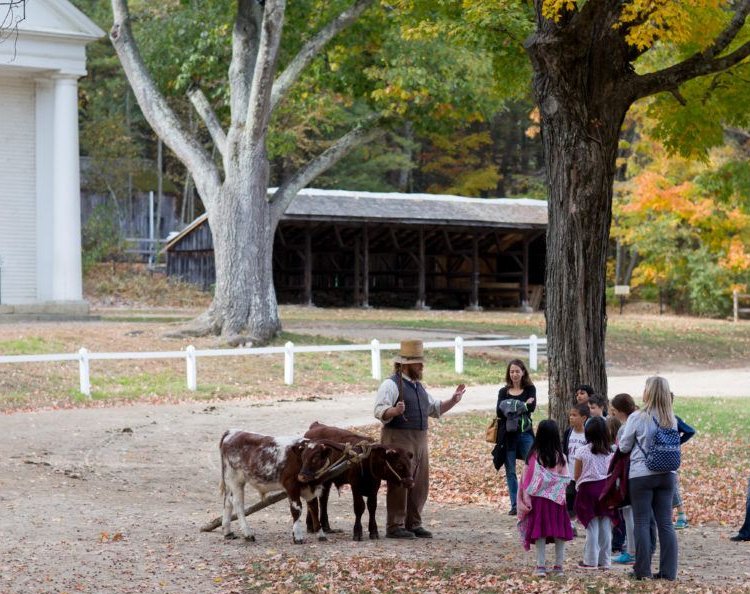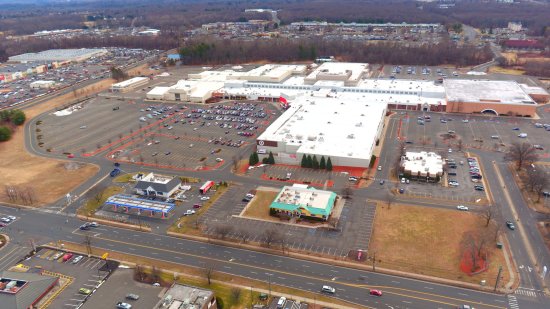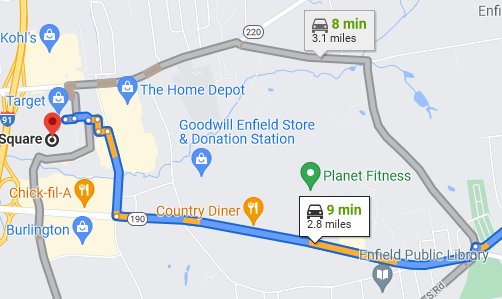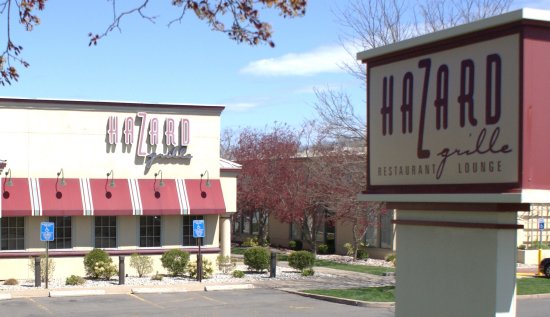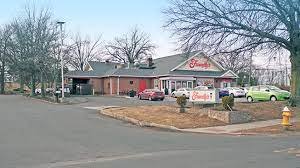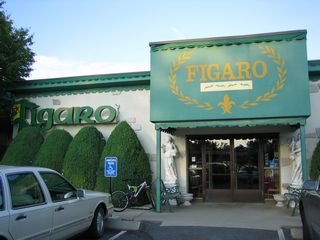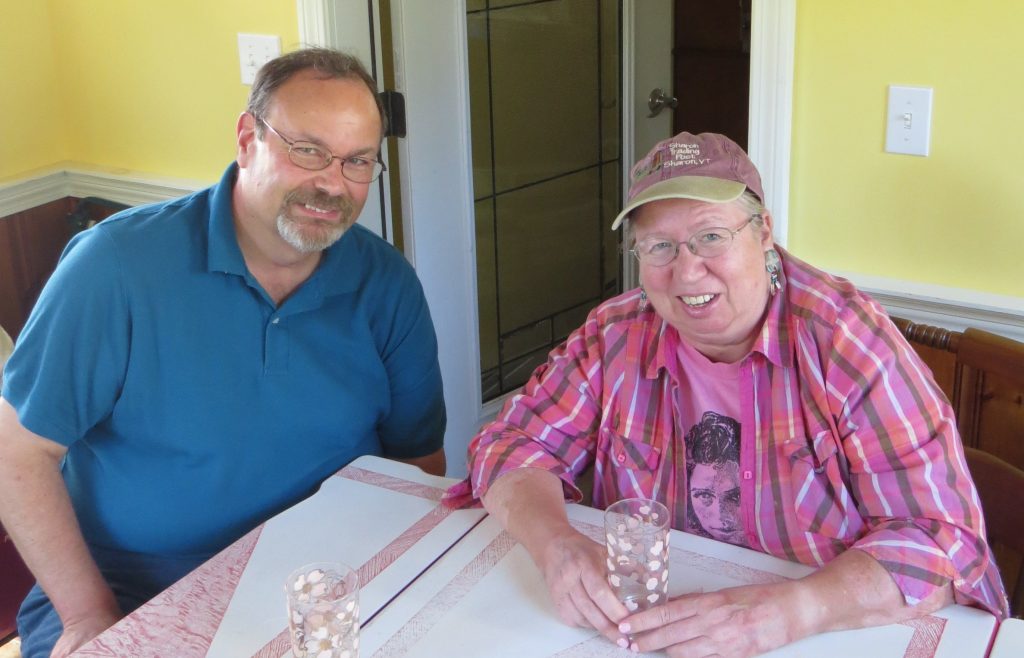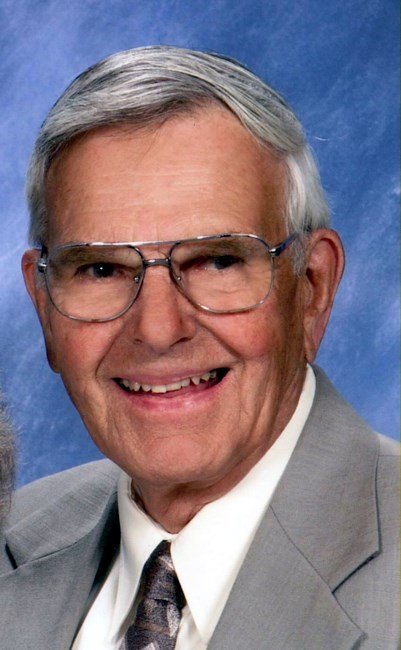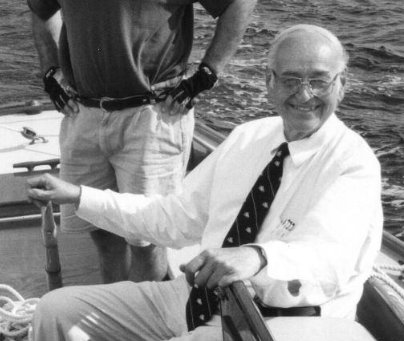All aboard! Continue reading
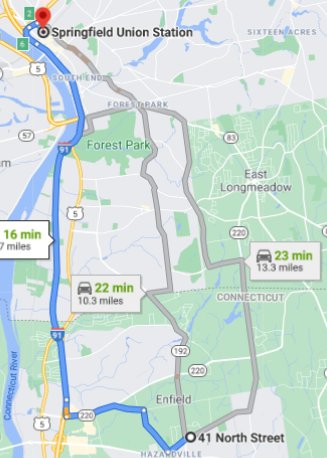
Over the course of my years at TSI I probably took Amtrak trains to and from New York City over one hundred times. The easiest way to get from Enfield to New York was by Amtrak. It was not the cheapest, but it was the most comfortable. I actually got a fair amount of work done on Amtrak trains.
During this period there was no Amtrak stop in Enfield. The closest ones were in Springfield, MA, and Windsor Locks, CT. Both places offered free parking. The Springfield station was a slightly longer drive, but it boasted an actual station with modern conveniences such as toilets and heat. Also, there was a ticket counter where one could buy a round-trip ticket. If I boarded in Windsor Locks, I had to stand in line in Penn Station to buy a ticket for the return trip. Nevertheless, because of the thirty additional minutes that I needed to spend on the train if I left from and returned to Springfield, I almost always chose Windsor Locks.
The Windsor Locks train platform was (and still is) almost certainly the least glamorous of all Amtrak stops in the entire nation. At one time there was a train station in Enfield, and an unused station in Windsor Locks still existed in 2020. You can read about the town’s plans for the site here.
Clothing and equipment: In the 1990’s all the males who worked at department stores in New York City wore suits or sport coats with white shirts and ties. I complied with these norms. By the time of my last few trips I may have downgraded to “business casual”.
As soon as IBM finally marketed a true laptop, I bought one. I kept it and all my other materials in a large leather sample case that was extremely durable. It was later supplanted by a large briefcase that Sue bought me.
In 1995 I bought a Thinkpad 701C, the one with a “butterfly keyboard”. You always had to fight the temptation to pick it up by the edges of the keyboard, but I loved it because it was easy to use on a train or airplane. However, I hated the tiny red ball that everyone was expected to use to place the cursor. I always brought a mouse with me. My last laptop was, I think, a Dell. I used it both on the road and as my workstation in the office, where I mounted it into a “docking station” for all of its cabling. It had a big screen, large enough to keep two windows open side-by-side. It had also a “bay” for a second battery or a CD drive. It also was very heavy.
After I bought my Bose headphones, I also brought them, my opera albums, and a CD player with me. Having them on these trips was not as important as it was for dealing with airports, but after some training sessions or vituperative meetings I needed a little Mozart.
Wi-fi was introduced near the end of my train-riding years. I tried to use it, but it was unreliable.
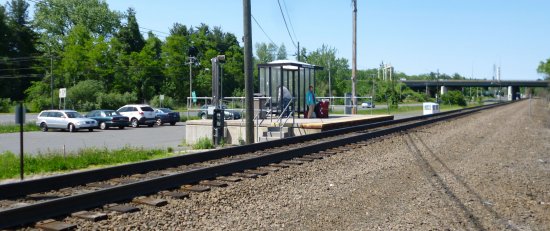
The platform: Absolutely no one liked the train stop in Windsor Locks. Its only redeeming features were that the property was evidently not valuable for anything else, and its parking lot doubled as a small park-and-ride area.
The stop had two facilities. One was very important—a pay telephone. On cold winter nights only a few people disembarked at this stop. In the days before cell phones that telephone could serve as a lifeline for for those expecting to be met there and for people whose cars would not start or were absent without leave. I always made sure that I had change, but I never had to use the phone. I suspect that this one will be the last pay telephone in America if it is not already.
The other facility, the shelter, was essentially useless. It only had room for about three people, and it provided little protection for them. Furthermore, the seasoned travelers never stood on the platform in inclement weather. They stayed in their cars until the train’s light was visible under the bridge at the top of the photo. The engineers knew this, and stopped here even if no one was visible on the platform.
For some reason the platform in Windsor Locks was built lower than most. Only one door on the train was ever opened for this stop. One of the conductors had to lower the stairs so that people could enter. He/she (it was almost always a he) would then announce, “Amtrak to New Haven and Penn Station” and then assist people who had luggage or might find the climbing difficult.
After everyone was aboard, the conductors collected tickets. Because there was nowhere to buy tickets in Windsor Locks, most of us who boarded there did not have one. The conductor had to sell each of us a one-way fare. In theory they took credit cards, but often the little machine for processing them on the train did not work. In that case the conductor would need to go inside at one of the subsequent stations so that an agent there could effect the transaction. This was annoying to the conductors and to the passengers who could not understand the delay. I usually paid cash, and I tried to have exact change.
There were usually only two cars on the train that went from New Haven to Springfield. The conductor would announce which door was opening for Windsor Locks as we pulled away from the Windsor station. We all gather up our stuff and moved toward the designated door. Sometimes I was the only person exiting.
As the train slowed down, the conductor opened the door and let down the stairs. He/she helped everyone on the last step.
On one memorable occasion there was a hitch. It was bitterly cold that night, and the door was frozen shut. We were all required to exit on the other side. At any other stop this would have been a minor inconvenience. However, the east side of the tracks in Windsor Locks was covered with gravel, and that gravel was covered with ice that night. It was also on a steep slope toward the frigid Connecticut River, which was only a few yards away. To make matters worse, it was pitch dark on that side. We all descended onto the gravel,. The conductor went aboard, drew up the steps, and closed the door. After the train had departed, we all managed to clamber up over the tracks to the parking lot.
No harm; no foul, I guess.
The conductors: The conductors on Amtrak seemed to me to be both professional and competent. I made a genuine effort to avoid making their life more difficult. On one occasion I did get into an argument1 with one of them, but his partner resolved the situation in a friendly and reasonable manner.
The seating: The seats were all reasonably comfortable, and there was always room aplenty in the overhead racks. I always tried to sit on the starboard side of the car on the way to the city and on the port side on the return trip. The sun was thereby always on the opposite side, and there was much less glare on my computer screen.
Four seats in every car had electrical outlets. Since Windsor Locks was the morning train’s first stop, it was usually rather easy to grab one of those seats for the first leg. It was much more difficult in the evening and if we had to change trains in New Haven. However, the cars all had the same layout, and I knew which seats had them. As soon as one became available, I would grab my ticket from the luggage rack and moved there.
The stop in New Haven: After we arrived in New Haven in the morning, we usually had to await the arrival of a train from Boston. It would usually park across the platform from our train, and our passengers were ordered to move to the other train. This was necessary because the engines on the Hew Haven-Springfield line were diesel powered. The tracks along the shore used electricity.
In the evening as we approached New Haven the conductors would move those of us going on towards Springfield (as opposed to Boston) to the last two cars, which would then be decoupled from the remainder of the train. The train to Boston would then leave, and a diesel engine would be brought in to transport us the rest of the way. This process took about twenty minutes, during which the train had no heat or light.
The passengers: When I first started to ride to Macy’s a group of eight or ten buyers from Casual Corner, which then had headquarters on South Road in Enfield, rode to New York on the first train every Tuesday. Most of them got on with me at Windsor Locks. Others boarded in Windsor or Hartford. Most people on that train said nary a word. These people, who were mostly women, were very talkative.
For some reason their bosses evidently put a stop to this practice while I was still going to Macy’s on a regular basis. The trips were less lively after that.
For many years a man who was about my age commuted from Windsor to the city. I never talked with him, but whenever I rode Amtrak in the morning I saw him get on at the station in Windsor every day. He often was also on the same train that I took home in the evening. I wondered to myself how he could bear that schedule. In his place I would have been very tempted to move closer to my place of work. If he could cut his commute down to an hour, it would free up twenty hours per week!
Train food: No food or drink was available between Springfield and New Haven. There was almost always a “café car” between New Haven and Penn Station. It contained four tables, two at either end. They were usually occupied by conductors or no one.
In the middle of the car was a small bar or, if you like, counter. There was always a line at the bar. For sale were coffee, soft drinks, snacks, beer, hot dogs, pastries in the morning, and a few other things. I would usually buy a cup of coffee and a muffin or a pastry in the morning. The coffee always tasted very bad, but it was hot, wet, and full of caffeine.
In the evening I always tried to buy food before I boarded. A deli and a Roy Rogers with tolerable fried chicken were right across the street from Penn Station. I also found the mini-pizzas at the Pizza Hut inside Penn Station to be edible. If I was unable to get any food before boarding, I might by some chips and hope that leftovers were available at home. After a rough trip I might buy a beer if the person at the counter guaranteed it was cold.
Tracks: There is only one set of tracks on the New Haven-Springfield line. There were so few trains that this was almost never a problem. Once, however, we encountered another train. We didn’t collide, but it took about thirty minutes to resolve the conflict and back up one of the trains to a side-track.
The track from New Haven to the city was owned by Metro North. The track around Bridgeport was banked so steeply that the engineer had to slow down to about ten miles per hour to keep the train on the track. This was still not fixed by the last time that I rode.
The bigger problem was that the Metro North trains had right of way. In the morning the Amtrak train usually had to pull over to a side-track to allow a Metro North express train zoom past. One or two of these could easily cause me to be late for an appointment, and there were no cell phones.
Celebritiess: The closest that I came to seeing a celebrity on Amtrak was when I was in the same car as Joe D’Ambrosio, the voice of the UConn Huskies. I first became familiar with him in the seventies when he was on WPOP. I knew his face from TV, but I would have recognized his voice anywhere. He told sports stories to his travel companions all the way to New York.
I didn’t talk to Joe. All right; I didn’t really talk to anyone. It is difficult for me to recall a single conversation that went beyond “Is that seat taken?” I do recall that on one return trip from New York someone who was probably two decades younger than I was asked me about The Tortilla Curtain a novel by T. Coraghesson Boyle, that I was reading. I told him that the first half was so-so, but it seemed to be improving. Actually, I did not end up liking it very much.
Penn Station: If I did not already have one, my first responsibility upon entering the station in the evening was to buy a one-way ticket to Windsor Locks. There was no way to jump the line.
The next step was to check the Arrivals board in the gate area to determine the number of the train and its status. The worst possible news was to see the word DELAYED. That meant that the train was still a long way from New York City or there were known problems on the track.
If I had enough time, and I had not already purchased food for supper, I stopped in at one of the fast food places in the station—usually Pizza Hut, Nathan’s, or an establishment that sold sandwiches. I also always bought a large Diet Coke. The fountain drinks were a much better deal than anything on the train. I would then usually find a relatively secluded seat in the waiting area and read and/or eat.
I sometimes visited the stores that sold books and magazines. I was surprised to find copies of Oggi and Panorama. In my trips after 2002 I always carried my Italian dictionary with me. I purchased a few issues of these magazines and did my best to translate the articles in them. Fortunately there was always an abundance of photos.
The northbound trains in the evening were often late. Some started the day in Florida. I frequently had to kill time in the station, which sometimes led to situations that annoyed me then but amuse me now. I found the following account in my notes for a trip to Lord and Taylor in November of 2007:
Penn station encounters: As I was waiting for my train and holding a Roy Rogers bag, a woman asked me for a piece of chicken. A little later a guy asked me for a cigarette, then two dollars, then one dollar, then a quarter. On Tuesday morning a guy tried to sell me a tourist guide to New York, which he said cost $11, for $10. I was wearing a dress shirt, tie, sweater vest, and dress overcoat and was consulting my laptop at the time. Evidently the guy’s tourist radar was on the blink. He asked me where I was going. I said, “work,” which was the only word other than “no” in any of these conversations.
One evening I heard over the loudspeaker a request for someone who spoke Italian to come to the information desk. I considered volunteering my very questionable services, but then it occurred to me that this was the Big Apple, not Dubuque. There must be at least a dozen people here who could really speak Italian. Besides, my hand gestures were not advanced enough for conversing with a real Italian.
One of my favorite things about Penn Station was the man who made the announcements over the loudspeaker, Danny Simmons2. He had an unmatched style. I can still here in my mind his incantation ringing in my ears: “… with station stops of Wallingford, Meriden, Berlin, Hartford, Windsor, Windsor Locks, and Springfield is now boarding on track …” You can listen to some of his calls here.
Someone should certainly have told him that in Connecticut the city “Berlin” is accented on the first syllable.
Train tips: The goal for the return trip was to snag the best seat possible.The priorities were:
- On the port side;
- Window;
- Both seats unoccupied;
- With electricity;
- Near the café car.
I almost always succeeded at finding a seat that met the first three criteria. I strove to be one of the first ten or so people in line at the departure gate, which was identified by a number and E or W. This was relatively easy. I always monitored the ARRIVALS board. Most people were assembled under the DEPARTURES board. They seemed unaware of two rather obvious facts about through trains: 1) They must have arrived before they could depart. 2) They always departed on the track on which they arrived.
So, if the ARRIVALS board listed the gate as 7, I went and stood by the escalator down to 7E. This pretty much assured me a good position in line no matter how many people eventually congregated there.
It was equally important to find the right car. The trains always went from west to east. I always walked toward the rear of the train until I found a car that met most of my criteria. I then entered and selected the seat by the port-side window. If the aisle seat was unoccupied, I placed my sample case or briefcase on it, opened it up, took out a book or a folder, and lay it beside the case.
I then pulled down both tray tables. If I had food with me, I lay it on the tray table in front of me and took a bite out of something. I inserted the straw into my large Diet Coke, and placed my drink on the tray table for the aisle seat. My objective for all of this was to make the aisle seat seem as undesirable as possible. It would have worked even better if I sat in the aisle seat and put my stuff in the window seat, but I found that that was not really necessary. I almost always was left to myself.
There was no reason to worry about people entering at subsequent stops. On the eastbound evening trains at each stop after Penn Station far more people exited the train than boarded it.
If I wanted to purchase something from the café car, it was necessary to do it before the train reached Bridgeport. The café car closed down well before the stop in New Haven, and there was always a line. In fact, it was usually a good idea to make any purchases before the first stop in New Rochelle. The selection in the café car got worse fairly rapidly.
Distressing events: Uneventful train rides were delightful. Any disruption of the routine was, at best, annoying.
One day the line behind me at the gate was unusually long, and the people in it were mostly college-aged. It was a Friday. Perhaps it was spring break, or the end of a term. In any case, every seat on the train was filled, even the aisle seat next to mine. Furthermore, a dozen or more people sat on the floor in my car. I presume that the situation was similar in all the other cars.
This could not have been legal, could it? It was the only time that I saw this happen. Evidently Amtrak had no way of determining that more tickets had been sold than there were seats.
I can only imagine what the café car was like. I did not dare to abandon my seat just to buy a can of Diet Coke for $2.
A more distressing event occurred on one of my last trips in 2006. I was returning from Macy’s, and I evidently left my Cascio point-and-shoot camera3 on the train. It must have fallen on the floor at some point. I had used that camera on the glorious Village Italy tour that we took in 2005. It is documented here.
In my notes from trips to Lord and Taylor in 2007 and 2008 I twice reported that I had almost lost the small Canon camera that I had purchased as a replacement for the Cascio.
The nightmarish return trip: On many of the trips home I arrived late, sometimes very late. One of them, an extremely hot evening in the summer, I will never forget.
The Hell Gate bridge, which connected the Astoria section of Queens with Randalls and Wards Islands, was only used by freight trains and the “Northeast Corridor” Amtrak trains on which I rode. One summer evening the bridge had reportedly caught on fire (!) and was unusable, at least for the nonce.
So, on the DEPARTURE board appeared the dreaded phrase: SEE AGENT. The good people at Amtrak addressed our group, which by then included everyone who had already been on the train. They divided us up into groups that were determined by our destinations. I was in the group that included all of the stops north of New Haven.
Amtrak, we were informed, had chartered tourist-type buses in Europe) to transport us to our destinations. After about a two-hour delay in which all these arrangements were made, our group was herded onto our bus. The first thing that we noticed was that it did not have air conditioning. The second was that our bus was very crowded. A foul mood prevailed.
Our bus driver cheerfully announced that he had information that the usual route north through Manhattan was experiencing heavy traffic. He had exercised his initiative to plot a route through the Lincoln Tunnel to I-95 in New Jersey. We would then cruise across the George Washington Bridge toward Connecticut.
This news elicited some smiles and giggles of schadenfreude among the passengers. We would get home very late, but we would avoid that horrible Manhattan traffic that would probably drive the other passengers crazy.
And we did indeed drive through the tunnel at a reasonable pace. Similarly, our passage through the Garden State proceeded at a good clip. We could not actually see the poor saps on the other buses inching their way north on the other side of the Hudson, but we could easily imagine their frustrating situation.
However, our collective optimism crashed when we encountered traffic on our own highway just before we reached the George Washington Bridge. In fact, we were not moving at all. Our driver announced that there had been an oil spill on the highway on the New York side of the bridge. It took us more than an hour to cross the bridge. Everyone—including myself–was suffering from the heat. It was surely over 100° inside our conveyance.
After the bus finally crossed the bridge we were required to exit the highway in the northern part of Manhattan. It was dark by then as the bus driver piloted us through hostile-looking side streets of the worst parts of Gotham. I don’t know what the other passengers were thinking about, but I could not keep the first few chapters of Bonfire of the Vanities out of my mind.
At long last we got back onto the interstate. Imagine our relief to see the “Welcome to Connecticut” sign. We passed by our usual stops at New Rochelle, Stamford, and Bridgeport stations and turned north onto I-91. I was familiar with the drive from there to Windsor Locks. it could easily be completed in an hour.
We might have made it that quickly, too, but we had to exit the highway to stop at each of the five Amtrak stations—Wallingford, Meriden, Berlin, Hartford, and Windsor. All of these stations were conveniently located near the railroad tracks. None, however, was easily accessible from I-91 especially by an oversized vehicle like our bus. Of course we also had to wait for the passengers to get all of their gear together. Of course, they had to wait for the bus to stop. Then the exiting passengers had to fight their way up the narrow aisle to the door and climb down.
I did not leave that wretched bus until 3AM, and I still had to make the bleary-eyed drive to Enfield. Of course, the people who went all the way to Springfield had it even worse. I thought with glee of one of them discovering that someone might have broken into his—no, make it her—car while we were on this forlorn journey from hell.
1. The story about the run-in that I had with an Amtrak conductor concerning my book of discounted train tickets has been recounted here.
2. Danny Simmons retired in 1994.
3. I replaced the Cascio with a Canon that was much easier to use. When I upgraded for our Africa trip, I gave the Canon point-and-shoot to Sue, but I don’s think that she ever used it.

